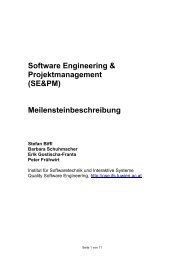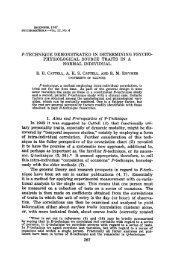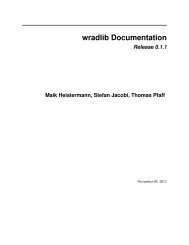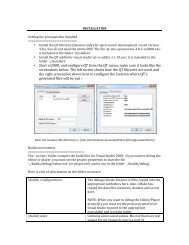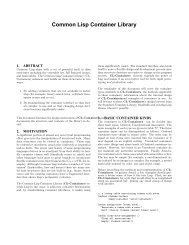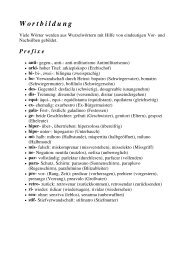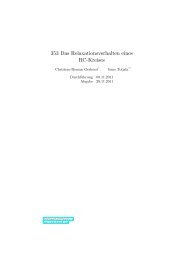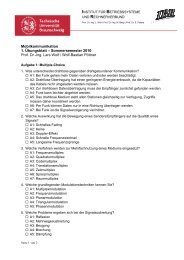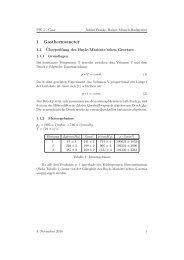Kombilo Documentation Release 0.7.4 Ulrich Goertz - Bitbucket
Kombilo Documentation Release 0.7.4 Ulrich Goertz - Bitbucket
Kombilo Documentation Release 0.7.4 Ulrich Goertz - Bitbucket
You also want an ePaper? Increase the reach of your titles
YUMPU automatically turns print PDFs into web optimized ePapers that Google loves.
CHAPTER<br />
FOUR<br />
USING THE KOMBILO ENGINE IN YOUR<br />
OWN SCRIPTS<br />
This document describes how to use the <strong>Kombilo</strong> database from your own Python scripts, enabling you to do all kinds<br />
of data mining on your SGF databases.<br />
4.1 Getting started<br />
It is easiest to create some databases using <strong>Kombilo</strong>, and then just use the database files kombilo.d* (or first copy<br />
them somewhere).<br />
Then, a pattern search can be done in a few lines:<br />
# set up the KEngine, load the database files<br />
K = KEngine()<br />
K.gamelist.DBlist.append({ ’sgfpath’: ’.’, ’name’:(’.’, ’kombilo1’),<br />
’data’: None, ’disabled’: 0})<br />
K.loadDBs()<br />
# let us check whether this worked<br />
print K.gamelist.noOfGames(), ’games in database.’<br />
# define a search pattern<br />
p = Pattern(’’’<br />
.......<br />
.......<br />
...X...<br />
....X..<br />
...OX..<br />
...OO..<br />
.......<br />
’’’, ptype=CORNER_NE_PATTERN, sizeX=7, sizeY=7)<br />
# start pattern search<br />
K.patternSearch(p)<br />
# print some information<br />
print K.patternSearchDetails()<br />
For a slightly extended example, see basic_pattern_search. Instead of appending items to<br />
K.gamelist.DBlist manually as above, you can also use the py:meth:GameList.populateDBs method, see e.g.<br />
sgftree.<br />
37



